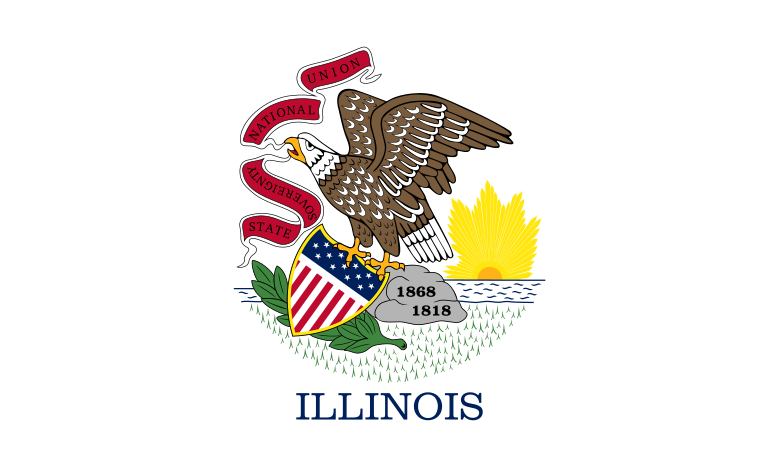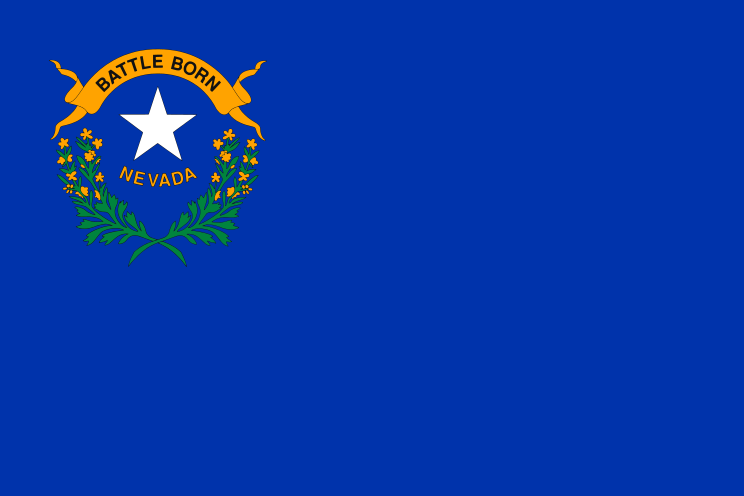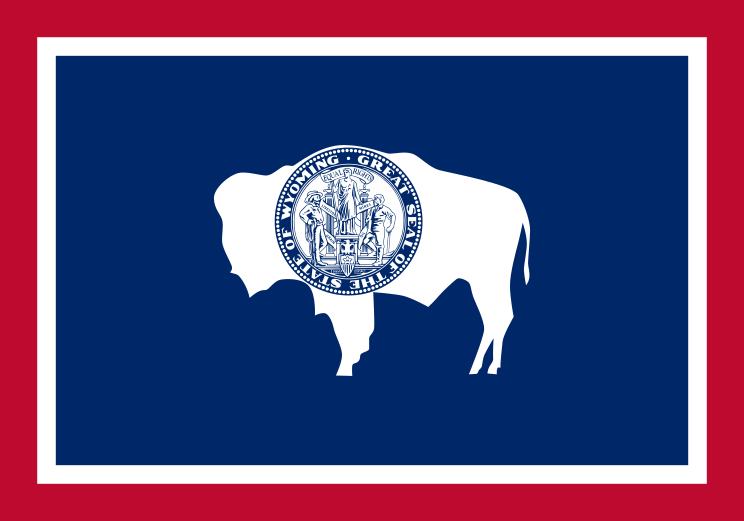we weren't there long, but we did get to see quite a lot in Tokyo. one of our favorites was a visit to the LDS Temple, which is in a very nice area near the exclusive Roppongi Hills. just as with the Hong Kong Temple, this one is crammed in among other buildings and, more especially in this case, a lot of power and phone lines, making a good picture very hard to get. as usual, Jill did a great job, but it still makes you wonder how they come up with the official photographs:

about the best view we could get of the Tokyo, Japan LDS Temple, complete with enormous power lines and a couple of tiny tourists in the corner.
another big sight in town with a better, albeit only slightly, view for getting pictures is the Kōkyo, or Imperial Palace, where the Emperor still resides. it sits on enormous grounds, right in the heart of Tokyo, but is more or less closed off to visitors, except for a very few tours and a couple of days a year. about the best place to get a picture is from in front of the Nijubashi, or Double Bridge, which lies just within the main entrance. even with this positioning, you can still only see some of the defensive structures and part of the moat they sit on.

the best view of Tokyo's Imperial Palace, actually revealing nothing of the Palace itself. beyond the pineapple-shaped banister lies the Nijubashi, which spans a moat upon which rests the castle-like defensive tower that is a close as a regular lens can get to the Imperial residences.
while the Imperial Family seems a bit reclusive, one thing that hasn't been, at least in recent years, is Japan's very awkward nationalism. perhaps nowhere is this better realized, or at least displayed, than at the Yasukuni Shrine in Central Tokyo. built primarily to enshrine the spirits of and honor Japan's war dead of various conflicts, Yasukuni counts among those ranks at least 12 souls who have been designated Class A war criminals following the Second World War. though the current Emperor, Akihito, has not visited the shrine since taking the throne, former Prime Minister Junichiro Koizumi made heavily criticized yearly trips there on August 15th, the anniversary of Japan's WWII surrender.

views of Yasukuni, clockwise from top left: the sakura (cherry blossom) symbol embossed over an Imperial emblem on a door; me outside the main shrine building; the elaborate curtains and their decorations guarding entrance to the shrine; and Jill pondering a fairly inexplicable pile of coiled rope.
it is a beautiful shrine, with large grounds and an almost carnival atmosphere at its outer reaches, but the Prime Ministerial visits, which are continued by current PM Shinzo Abe, draw howls of protest from China and Korea, who see them as official approval of Japanese wartime aggression. we saw in Hiroshima that there are a few voices in Japan that recognize their past atrocities, but there is a different air around Yasukuni. there is a history museum on the property which propagates (so i understand; most of it is in Japanese) what may be fairly termed a revisionist history of Japan's role in the war, even claiming that they were on the defensive. even without English captions the Zero Fighter and Kaiten piloted torpedo on proud display, not to mention all the military-type kitsch in the gift shop, give some indication of the curators' attitudes.

the Mitsubishi A6M Zero fighter plane that stands at the entrance of the Yushukan museum at Yasukuni. this is the same type of plane that was used in Kamikaze attacks towards the end of the war.
in any case, Yasukuni draws a lot of visitors, both Japanese and foreigners; we went there mainly so i could see what all the fuss was about. outwardly there's not much different about it from other shrines, but what it represents causes all the consternation. i can't say that it was too much of a worry for me, but all the latent nationalism that came through may be. there are strong voices calling for a rewrite of Japan's pacifist constitution, and they are beginning to be heard. there is a real sense that Japan only really acts to defend itself, and a growing feeling that it will soon have to against a fast-rising China. there's also a distinct sense of superiority among several people we've encountered, and a bristling at the post-war restrictions that have been placed on Japan. i get the distinct feeling that there are a lot of people here who would be happy for their country to regain what they see as some of its lost international prestige. let's just hope they won't do anything to put their, and our, sacred spaces at risk again.

about the best view we could get of the Tokyo, Japan LDS Temple, complete with enormous power lines and a couple of tiny tourists in the corner.
another big sight in town with a better, albeit only slightly, view for getting pictures is the Kōkyo, or Imperial Palace, where the Emperor still resides. it sits on enormous grounds, right in the heart of Tokyo, but is more or less closed off to visitors, except for a very few tours and a couple of days a year. about the best place to get a picture is from in front of the Nijubashi, or Double Bridge, which lies just within the main entrance. even with this positioning, you can still only see some of the defensive structures and part of the moat they sit on.

the best view of Tokyo's Imperial Palace, actually revealing nothing of the Palace itself. beyond the pineapple-shaped banister lies the Nijubashi, which spans a moat upon which rests the castle-like defensive tower that is a close as a regular lens can get to the Imperial residences.
while the Imperial Family seems a bit reclusive, one thing that hasn't been, at least in recent years, is Japan's very awkward nationalism. perhaps nowhere is this better realized, or at least displayed, than at the Yasukuni Shrine in Central Tokyo. built primarily to enshrine the spirits of and honor Japan's war dead of various conflicts, Yasukuni counts among those ranks at least 12 souls who have been designated Class A war criminals following the Second World War. though the current Emperor, Akihito, has not visited the shrine since taking the throne, former Prime Minister Junichiro Koizumi made heavily criticized yearly trips there on August 15th, the anniversary of Japan's WWII surrender.

views of Yasukuni, clockwise from top left: the sakura (cherry blossom) symbol embossed over an Imperial emblem on a door; me outside the main shrine building; the elaborate curtains and their decorations guarding entrance to the shrine; and Jill pondering a fairly inexplicable pile of coiled rope.
it is a beautiful shrine, with large grounds and an almost carnival atmosphere at its outer reaches, but the Prime Ministerial visits, which are continued by current PM Shinzo Abe, draw howls of protest from China and Korea, who see them as official approval of Japanese wartime aggression. we saw in Hiroshima that there are a few voices in Japan that recognize their past atrocities, but there is a different air around Yasukuni. there is a history museum on the property which propagates (so i understand; most of it is in Japanese) what may be fairly termed a revisionist history of Japan's role in the war, even claiming that they were on the defensive. even without English captions the Zero Fighter and Kaiten piloted torpedo on proud display, not to mention all the military-type kitsch in the gift shop, give some indication of the curators' attitudes.

the Mitsubishi A6M Zero fighter plane that stands at the entrance of the Yushukan museum at Yasukuni. this is the same type of plane that was used in Kamikaze attacks towards the end of the war.
in any case, Yasukuni draws a lot of visitors, both Japanese and foreigners; we went there mainly so i could see what all the fuss was about. outwardly there's not much different about it from other shrines, but what it represents causes all the consternation. i can't say that it was too much of a worry for me, but all the latent nationalism that came through may be. there are strong voices calling for a rewrite of Japan's pacifist constitution, and they are beginning to be heard. there is a real sense that Japan only really acts to defend itself, and a growing feeling that it will soon have to against a fast-rising China. there's also a distinct sense of superiority among several people we've encountered, and a bristling at the post-war restrictions that have been placed on Japan. i get the distinct feeling that there are a lot of people here who would be happy for their country to regain what they see as some of its lost international prestige. let's just hope they won't do anything to put their, and our, sacred spaces at risk again.
























































No comments:
Post a Comment